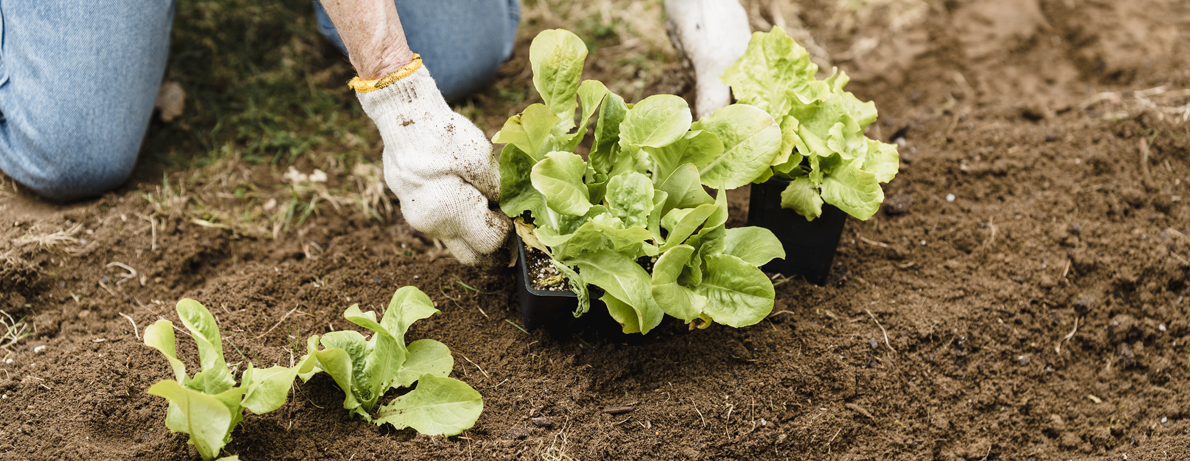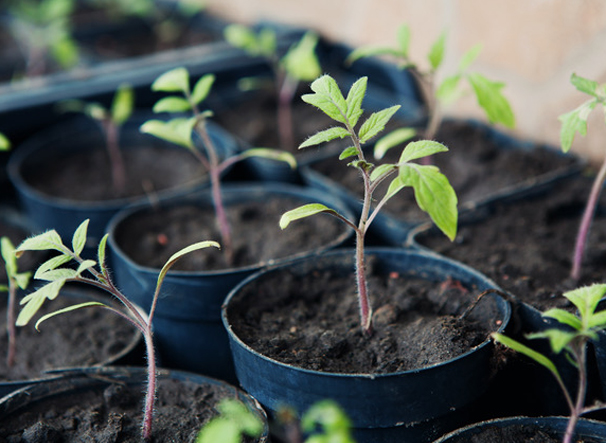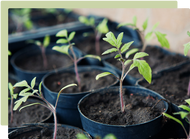Posted by Kelly Jean Reyland
11th Sep 2023
Tips for planning out your harvest

Successional planting is the secret to avoiding drowning in cabbages one week and then none for months on end. Here are some easy ways to help spread your harvest…
Don't plant everything at once: Instead of planting all your veggies at the same time, start small. Begin with a couple of plants – say, a few cabbages. Then, two weeks later, plant a few more. Repeat and keep on repeating during the growing season. This way, you'll always have some veggies at different stages of growth.
Ready-made mixed seedlings: If you're short on time, you can grab mixed punnets of seedlings. They're a variety pack of veggies where you get two or three types of plant. Buy one every few weeks and plant them. If you can’t get a mixed punnet in the variety you want, you can always split the punnet amongst some gardening friends!
Take advantage of different growth rates: Not all veggies grow at the same rate. Some are quite slow to mature. Use this to your advantage. For example, different types of potatoes have different harvest times. Plant some early cropping (70-90 days) and some main cropping (90-120 days), and you'll have a longer potato harvest.

Grafted plants and different varieties: Grafted plants, like tomatoes, will grow bigger and faster. They've got a faster growing root system. They will give you a head start on your regular veggie harvest. Smaller growing varieties such as cherry tomatoes or bullhorn peppers will always grow and ripen faster than a standard or beefsteak tomato or regular sweet pepper, so plant a selection of varieties for a longer harvest.
Plan your preserving: If you're into bottling or pickling, think about how much you need to process at once. Some things, like berries and tomatoes, can be frozen until you've got enough. But gherkins? They need to be ready to go in a short space of time so make sure you plant enough plants at the same time to ensure you get the amounts that you need.
Works for fruit too: Different fruit varieties will have different maturity times, choose carefully and you can have a consistent supply of fruit through the summer. It works for some berries too. Different varieties of strawberries are affected by daylight length. Some fruit around Christmas time when the days are longest and some are ‘day neutral’ where they will fruit as long as temperatures are warm enough.
Successional planting takes a bit of thought, but it's so worth it. You'll be eating fresh fruit and veggies consistently through the season without the hassle of a feast followed by a famine. Happy planning!
By Kelly Jean Reyland of Garden Advice NZ (www.gardenadvice.co.nz)


























